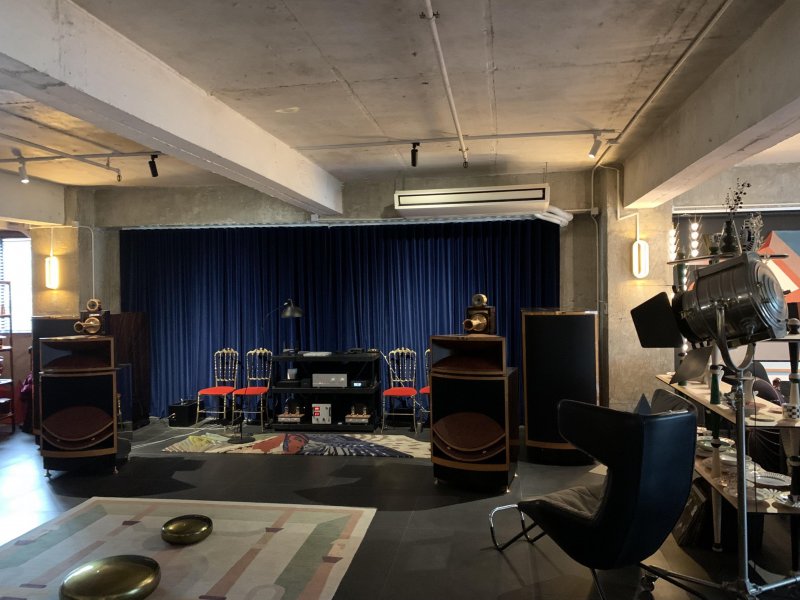I have owned a SET, and I now have a push-pull triode. My SET was a Cary CAD-805AE. It had a 6SN7 input stage, 300B intermediate stage, and 845 output stage. Cary claimed it made 50W. This is a picture of the amp:
View attachment 106322
My current amplifier is a Cary CAD-211AE. It is essentially two CAD-805AE SET's but arranged in a push-pull configuration. So: two 300B's, and two 845's. This is what it looks like:
View attachment 106323
For a while, I had a crazy bi-amp setup with all four monoblocks in the system. It was quite a sight to behold:
View attachment 106324
Anyway, I should get to the point of my post.
A few years ago, my CAD-211AE developed a problem where it would regularly blow up those expensive 845's, which meant many trips to my audio engineer for repairs. During one visit, we had a conversation which went like this:
Me: "Looks like I have to buy another pair of matched 845's".
Him: "I have never seen a so-called matched pair measure the same on my tube tester."
Me: "Really? Why not?"
Him: "Because of manufacturing tolerances. Tubes are expensive to produce, and by their very nature they are subject to a lot of variability. There is variability within one manufacturer due to how much tolerance they apply before junking the tube. There is variability between manufacturers due to different interpretations of the published specification of the tube, and different standards of tolerance".
Me: "What is a good tube then?"
Him: "One that works with your amplifier. The person who designed your amplifier did it with an idealized version of the tube he had in mind. Some tube manufacturers may produce tubes that are out of spec for your amplifier, but your particular amplifier is able to compensate for it. Do not buy expensive tubes, because the only thing that matters is whether they work with your amp."
Me: "Hmm, if matched pairs of tubes are not the same, then why would anybody design a push-pull amplifier if they know that the push and pull parts of the amplifier might be populated by tubes which do not perform the same?"
Him: "They design amps like yours because of a commercial imperative. There was a need in the market for a powerful triode amplifier, and the only way to get that is to make it push-pull. There are limitations to such an approach, but that's what engineers do. We recognize that the pull stage might output a different voltage to the push stage, so we design around that".
Me: "Does this mean that a SET is a superior design to a push-pull triode?"
Him: "Better in the sense that it does not have the same compromise of mismatched tubes. But worse in terms of power output, which ultimately is more important. Would you rather have a push-pull amplifier with compromises you can design around, or would you rather have a lower powered amp that clips when you ask it to drive a speaker?".



